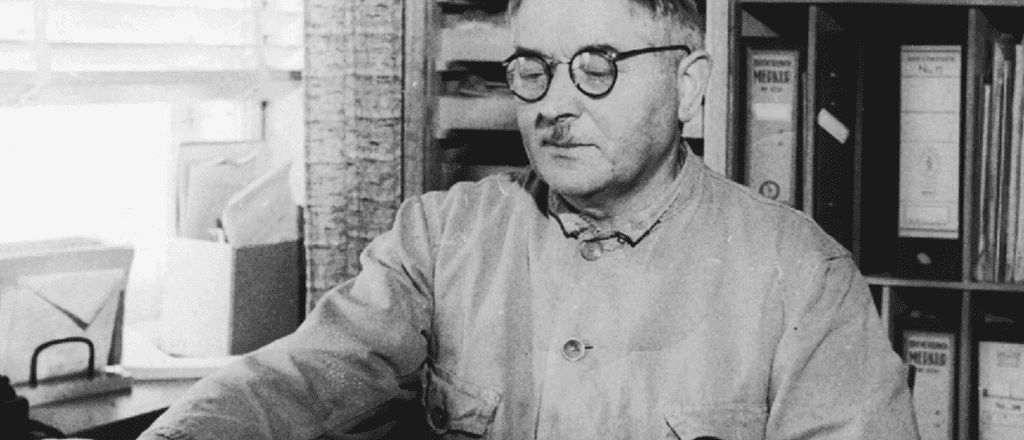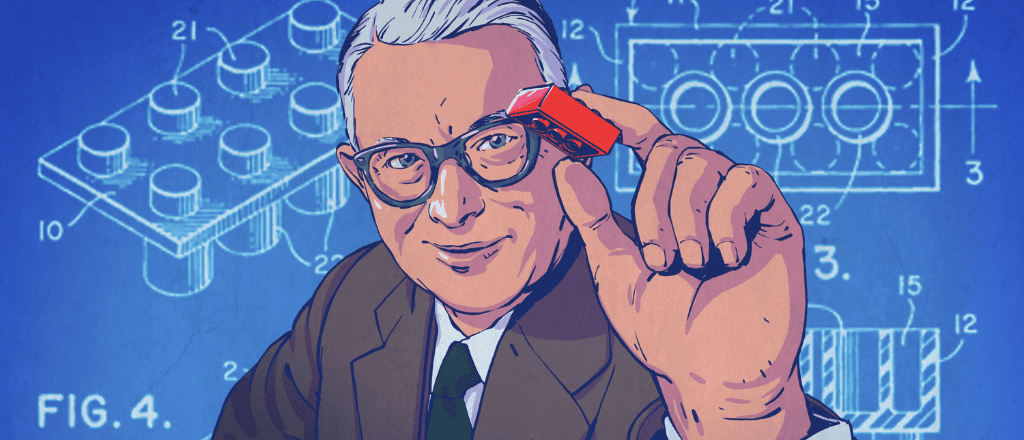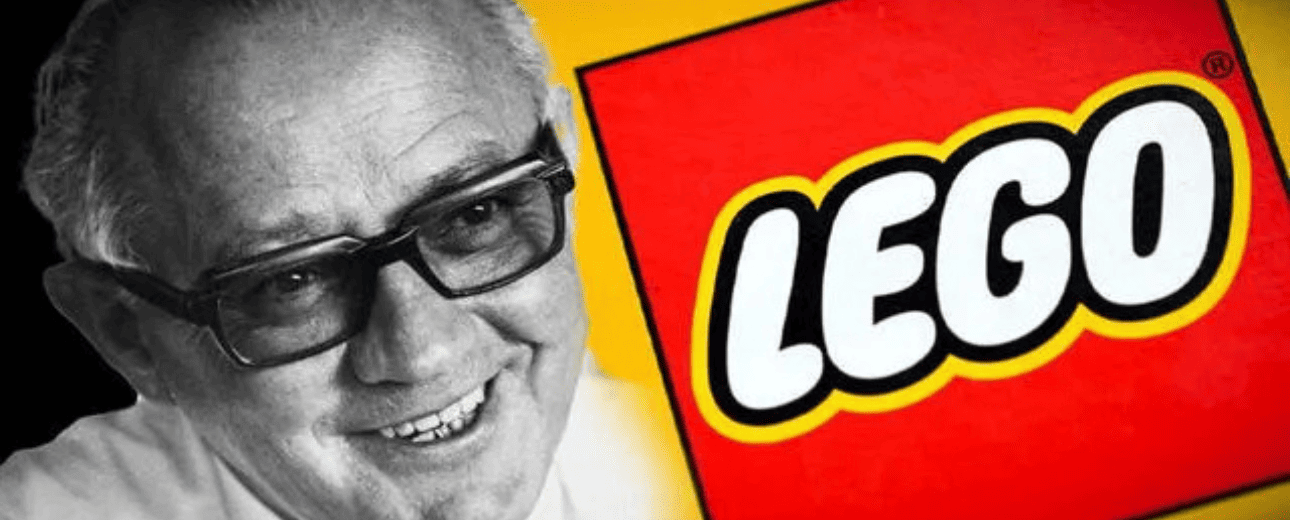LEGO has become one of the most recognized and beloved brands in the world. Known for sparking creativity, imagination, and fun across all ages, the story behind LEGO is as fascinating as the sets themselves. From humble beginnings as a small toy workshop in Denmark to a global empire of bricks, minifigures, theme parks, and blockbuster movies, LEGO has evolved dramatically over the past nine decades. Here’s a look at how a simple idea turned into a worldwide cultural phenomenon.
A Humble Beginning in a Danish Carpentry Shop
The story of LEGO began in 1932 when Danish carpenter Ole Kirk Christiansen started a small business crafting wooden toys during the Great Depression. He named the company “LEGO,” derived from the Danish phrase “leg godt,” which means “play well.” What began as handcrafted wooden ducks, cars, and yoyos quickly gained attention for their quality and simplicity.
It wasn’t until 1949 that the company began producing plastic bricks, inspired by existing interlocking block systems. These early bricks were called “Automatic Binding Bricks,” and though still basic in design, they laid the foundation for what would soon become a revolutionary play system. Ole’s dedication to craftsmanship, even during tough times, set the tone for the brand’s values of quality, imagination, and durability.

The Invention of the Modern LEGO Brick
In 1958, LEGO introduced the modern brick design, complete with the iconic interlocking tube system that allowed for far more stable and versatile construction. This innovation was the turning point in LEGO’s history. Unlike previous toy blocks, these new bricks could be locked together in endless combinations while still being easy to take apart.
This design has remained largely unchanged since its invention, demonstrating how timeless and functional it is. The new system opened the door to an entirely new way of playing, where children could not only follow instructions but invent and build their own worlds. The LEGO System of Play was born—an idea that every set, piece, and theme could connect and work together seamlessly.
Expansion into Themes, Minifigures, and Storytelling
The 1970s and 80s saw LEGO expanding its range through themed sets and the introduction of the beloved minifigure in 1978. From space and castles to pirates and cities, LEGO sets now came with characters and narratives that encouraged imaginative play. This shift marked LEGO’s evolution from a simple construction toy into a full-fledged storytelling medium.
The company continued to innovate by launching licensed themes such as Star Wars, Harry Potter, and Marvel, bringing popular franchises into the brick-built world. These partnerships not only expanded LEGO’s appeal to fans of all ages but also opened the door to adult builders and collectors. Through these themed sets, LEGO became a way for fans to express their passions through creativity and construction.

A Global Legacy and Future of Innovation
Today, LEGO is a global icon, with millions of fans across the world. It operates numerous LEGO Stores, LEGOLAND theme parks, video games, and even hit films like The LEGO Movie. Despite fierce competition and the rise of digital entertainment, LEGO has remained relevant by blending tradition with innovation. Sets now range from simple preschool builds to intricate architecture and advanced mechanical kits for adults. Explore a wide range of creative building sets and exclusive collections at block-kingdom.com, your ultimate destination for LEGO-inspired masterpieces.
Sustainability has also become a focus for the company, as it works toward producing eco-friendly bricks and reducing its environmental impact. With a strong commitment to learning through play, LEGO has also invested in education, robotics (with LEGO Mindstorms), and digital creativity.

